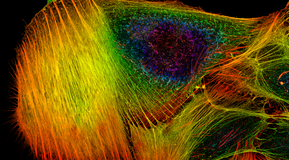
How Does Fluorescence Imaging Work?
Fluorescence imaging is a non-invasive imaging technique that utilizes the mechanism of fluorescence – matter emitting light of a particular wavelength after absorbing photons – which helps visualize biological processes taking place in a living organism. Tissues, cells, and their cellular structures are mostly water, making them transparent and difficult to view with traditional methods. Fluorescence allows for a much more helpful visualization of these various samples through the use of fluorophores – molecules that re-emit light upon absorption of light. While traditional staining of the sample can alleviate some visualization issues, if the entire sample is stained the same color, you cannot easily discern between different cells or cell components. Utilizing fluorescent dyes and proteins allows the user to tag the various components of interest with different fluorescent molecules, causing them to emit light at different wavelengths, providing high contrast imaging with clear differentiation between components.
With the use of various fluorescent molecules comes the need for multiple excitation wavelengths to allow these molecules to fluoresce. Typically this is done with multiple laser sources, each providing a different excitation wavelength. Multi-wavelength laser illumination, combined with the excitation of multiple fluorophores, improves the ability to differentiate between various structures. One major downside to using multiple laser sources involves switching from source to source, maintaining a proper alignment to your imaging device (e.g., a confocal microscope). Multi-wavelength laser combiners solve this problem by allowing all your laser sources to be housed or combined in a single, fiber-coupled unit, providing easy, alignment-free switching between wavelengths for high throughput image capturing.
What’s so critical about laser combiners?
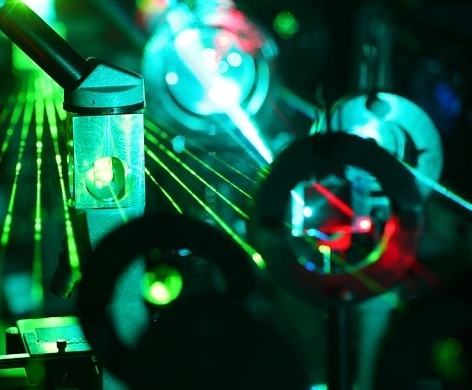 CW multi-wavelength combiners have proven to be a critical component in Life Science applications, reducing time, cost, and complexity, and fundamentally changing these applications, allowing for increased efficiency and ease of use. Given the immense degree of complexity and time involved with combining multiple laser beams into a confocal microscope, multi-wavelength combiner modules have flooded the market in recent years. These plug-n-play style modules allow for swappable laser modules and quick and easy coupling with a confocal microscope, saving hours in precision alignment efforts. Laser combiner modules also help minimize the complexity of selecting multiple different wavelength sources from various laser models and even from various manufacturers, likely with different integration requirements. With a huge selection of wavelength combiners on the market, picking the right solution for your needs can be a difficult task. We provide a highly flexible, customizable series of multi-wavelength combiners, allowing for up to 7 excitation wavelengths of your choice in one user-friendly, compact unit.
CW multi-wavelength combiners have proven to be a critical component in Life Science applications, reducing time, cost, and complexity, and fundamentally changing these applications, allowing for increased efficiency and ease of use. Given the immense degree of complexity and time involved with combining multiple laser beams into a confocal microscope, multi-wavelength combiner modules have flooded the market in recent years. These plug-n-play style modules allow for swappable laser modules and quick and easy coupling with a confocal microscope, saving hours in precision alignment efforts. Laser combiner modules also help minimize the complexity of selecting multiple different wavelength sources from various laser models and even from various manufacturers, likely with different integration requirements. With a huge selection of wavelength combiners on the market, picking the right solution for your needs can be a difficult task. We provide a highly flexible, customizable series of multi-wavelength combiners, allowing for up to 7 excitation wavelengths of your choice in one user-friendly, compact unit.
The L4Cc and L6Cc are flexible by design.
 Our engineers had versatility in mind when designing the L4Cc and the L6Cc. The platform’s modular design allowed for the L6Cc to be the most compact and flexible all-in-one multicolor laser source, which can be configured with up to 7 laser inputs, up to 4 optical fiber outputs, and allows you to choose any combination from a wide range of wavelengths from 375 nm up to 1064 nm, with output power up to 500mW. The L6Cc and L4Cc are available in turnkey or OEM versions and are field upgradeable to evolve with your changing needs, helping to preserve your investment. They are microprocessor controlled to provide unique features for demanding applications. The performance, versatility, and wide range of options and capabilities combine to make the LaserBoxx Combiner series a preferred solution for applications like FRAP, confocal fluorescence microscopy, flow cytometry, and DNA sequencing. The L6Cc is also available in a high-power format with the integration of the Oxxius LaserBoxx LBX-HPE modules, with up to 1.2W output power per line, and is available with a speckle-free multimode fiber output.
Our engineers had versatility in mind when designing the L4Cc and the L6Cc. The platform’s modular design allowed for the L6Cc to be the most compact and flexible all-in-one multicolor laser source, which can be configured with up to 7 laser inputs, up to 4 optical fiber outputs, and allows you to choose any combination from a wide range of wavelengths from 375 nm up to 1064 nm, with output power up to 500mW. The L6Cc and L4Cc are available in turnkey or OEM versions and are field upgradeable to evolve with your changing needs, helping to preserve your investment. They are microprocessor controlled to provide unique features for demanding applications. The performance, versatility, and wide range of options and capabilities combine to make the LaserBoxx Combiner series a preferred solution for applications like FRAP, confocal fluorescence microscopy, flow cytometry, and DNA sequencing. The L6Cc is also available in a high-power format with the integration of the Oxxius LaserBoxx LBX-HPE modules, with up to 1.2W output power per line, and is available with a speckle-free multimode fiber output.
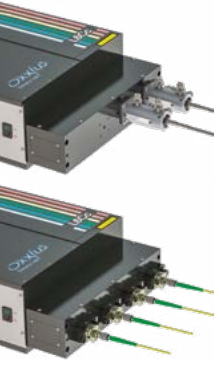
These combiners are ready for docking with our pre-aligned extension modules. The optional extension modules provide the ultimate level of flexibility by integrating fast switching output ports for FRAP, adjustable split power for Light Sheet Microscopy, and independent power and modulation control/adjustment of each individual wavelength, among other advanced functionalities. Our extension module is the unrivaled solution to seamlessly add new functionalities to Oxxius combiners. All functionalities are embedded into the electronics board as standard. Adding a second AOM or any other advanced features is effortless. Finally, a large selection of connectors and collimators are available to fit the optical interfaces of your microscopes.
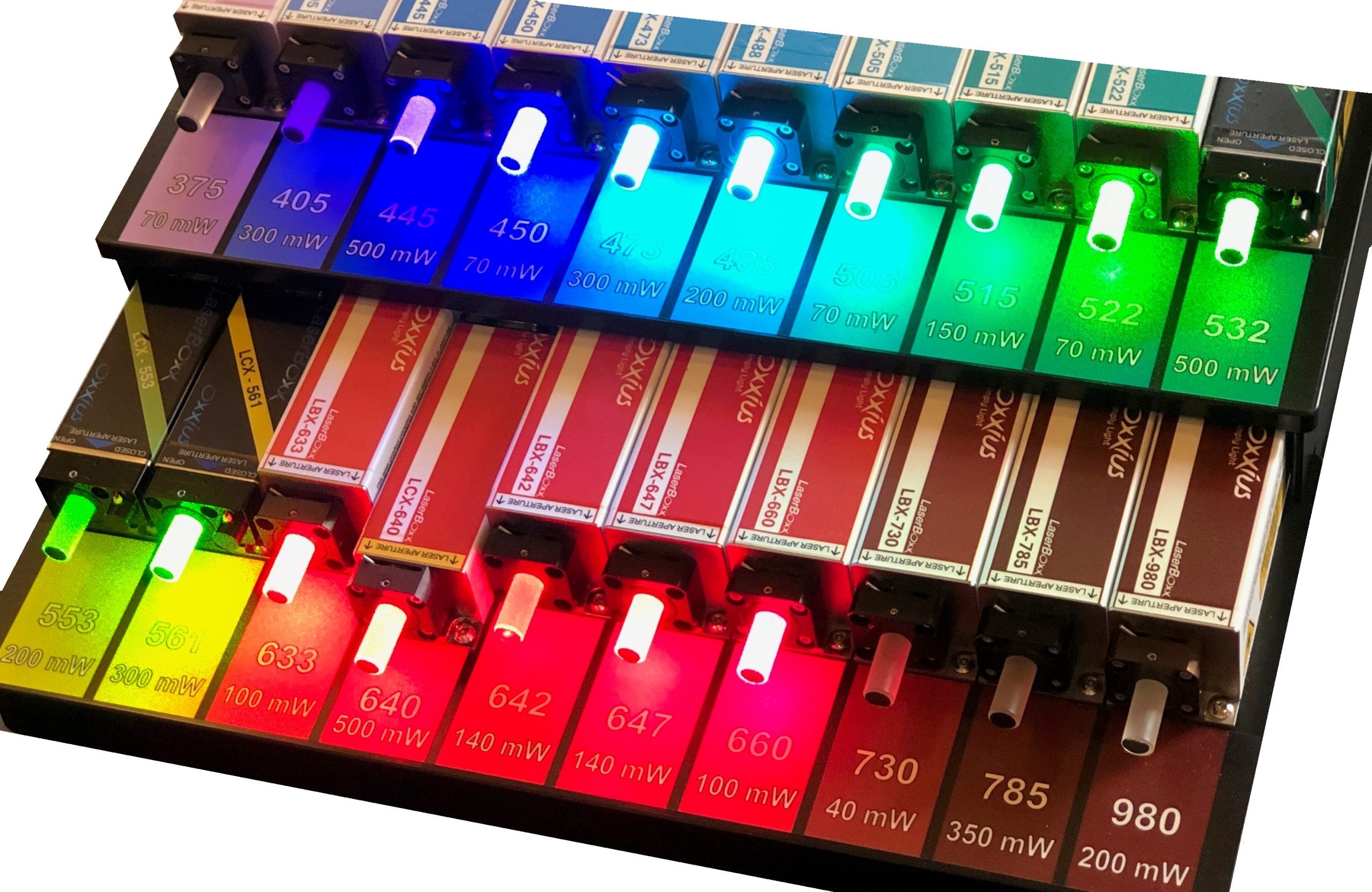
Oxxius provides a full line of DPSS and Diode Modules which pair perfectly with their Multi-Wavelength Combiner Series. Offering DPSS and diode wavelengths, all with an industry standard footprint, allows for the largest choice of wavelengths and powers in easily swappable modules, so you will be sure you have what you need for your evolving application requirements.
Life Science Applications – Basic CW Laser Specifications:
Most Life Science applications using CW Laser Modules involve fluorescence excitation and require a very low-noise laser with power stability and good beam quality. Many applications in fluorescence microscopy require a high level of brightness and wavelength precision to provide improved image quality and correspond to specific fluorophores. Except for Raman spectroscopy, many of these applications do not need a single longitudinal mode (SLM) laser. The wavelength and output power needed varies. Most are typically fiber-coupled, but some require free space output.
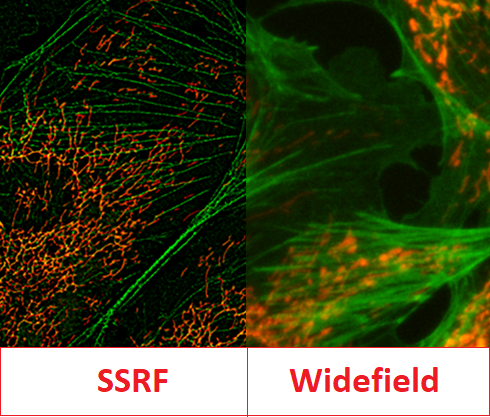 |
Super Resolution Imaging:
|
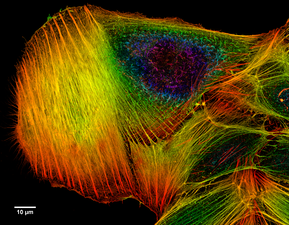 |
Confocal Microscopy:
|
 |
Flow Cytometry:
|
 |
DNA Sequencing:
|
 |
Optogenetics:
|
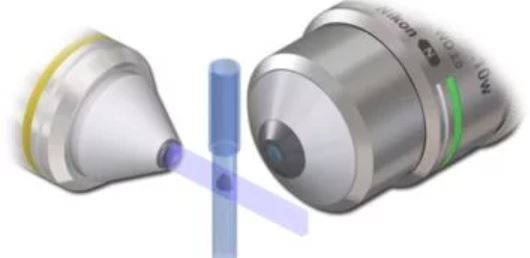 |
Light Sheet Microscopy:
|
 |
TIRF Microscopy:
|
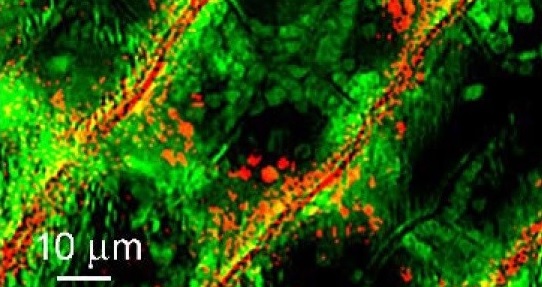 |
Raman Spectroscopy (SLM Combiner):
|
These are the most basic laser characteristics required for Life Science applications. If you need more information about a specific application, please Contact RPMC and we will provide additional information.
For more specific, in-depth articles, check out two of our previous White Papers:
“CW Solid-State Laser Sources for the Life Sciences”
“Multi-Wavelength Laser Sources for Multi-Color Fluorescence Microscopy“
Also check out these previous blogs:
“3 important things when choosing a laser combiner for flow cytometry”
“Compact, Flexible, Field-Upgradable LaserBoxx Multi-Wavelength Combiners“
Talk to one of our knowledgeable Product Managers today by emailing us at info@rpmclasers.com or Contact Us with the button below!
Have questions?

 SHIPS TODAY
SHIPS TODAY 